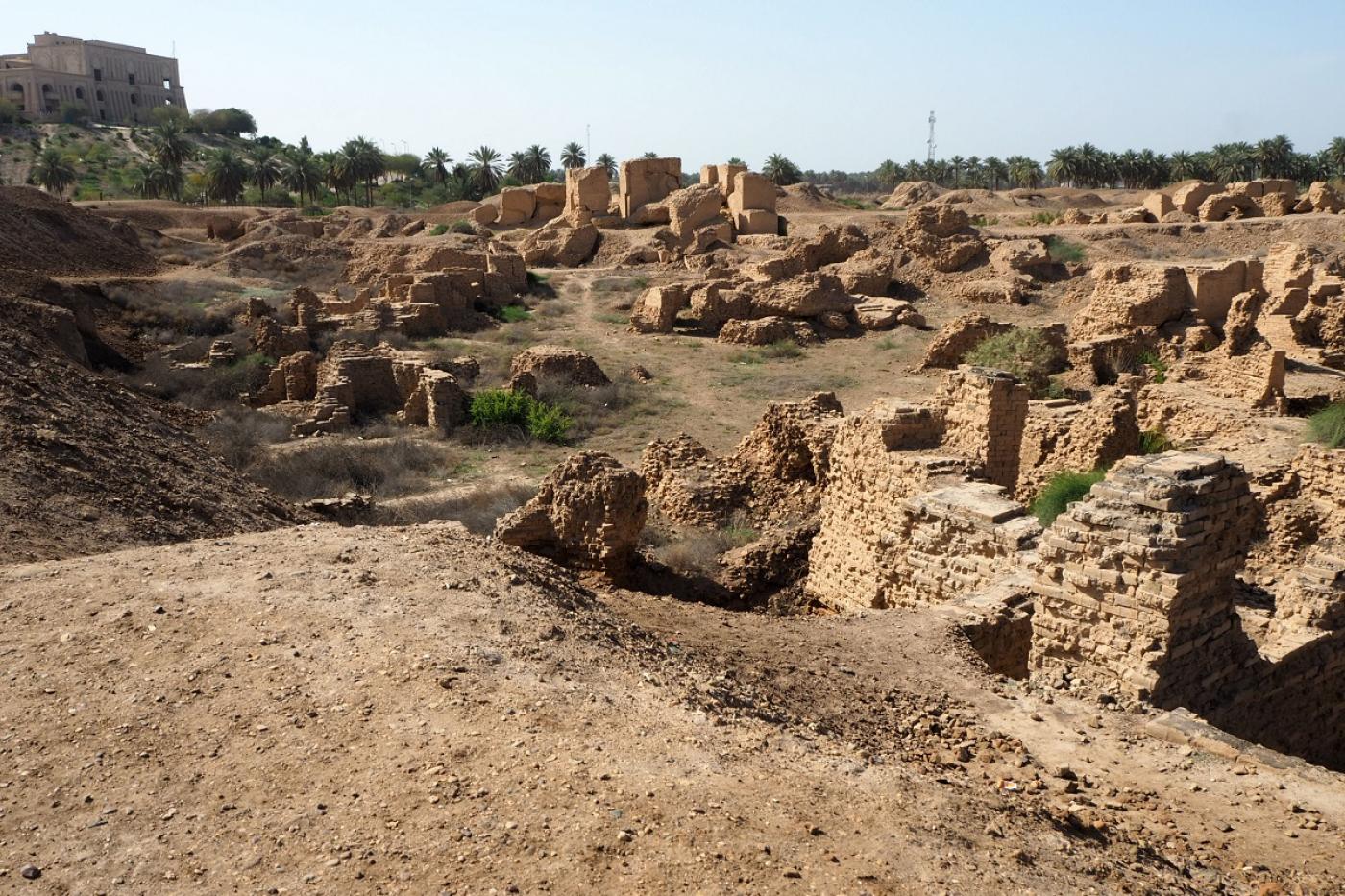Prophecy 1: The Ruins of Babylon
A modern dictator attempts to trample a biblical prediction from Isaiah 13. But did he succeed?
Babylon, the jewel of kingdoms, the pride and glory of the Babylonians, will be overthrown by God like Sodom and Gomorrah. She will never be inhabited or lived in through all generations; there no nomads will pitch their tents, there no shepherds will rest their flocks. But desert creatures will lie there,
jackals will fill her houses; there the owls will dwell, and there the wild goats will leap about. Hyenas will inhabit her strongholds, jackals her luxurious palaces. Her time is at hand, and her days will not be prolonged. - Isaiah 13 19:22
At the height of its glory in the 7th and 6th centuries B.C.E., the city of Babylon was the largest and wealthiest in the ancient world. No one would expect it to fall.
Under the ruthless and ambitious King Nebuchadnezzar II, the sprawling settlement in modern-day Iraq grew as large as Chicago, and boasted towering temples, ornately tiled palaces and imposing city walls thick enough for two chariots to pass each other side by side.
Then, just decades after Nebuchadnezzar's death, it was taken by Persia and reduced to a small town. Two centuries later, Alexander the Great attempted rebuild the city to its former glory, but in 323 B.C. it was sacked by th Parthians and never made a comeback.
In the modern era, Saddam Hussein took up Nebuchadnezzar's mantle and tried to reconstruct some of Babylon's former glory. His thought was to mock Jews by proving the prophecy was not real. Saddam raised city walls of 38 feet (11.5 meters) and built a Roman-style arena on the ruins of the original Babylon. He even stamped his own name on the bricks, just as Nebuchadnezzar had done. However, his plan never came to fruition as the Iraq War (2003-11) removed Saddam from power. Today, tourists can stroll through the ruins, but no one lives on its ground.
